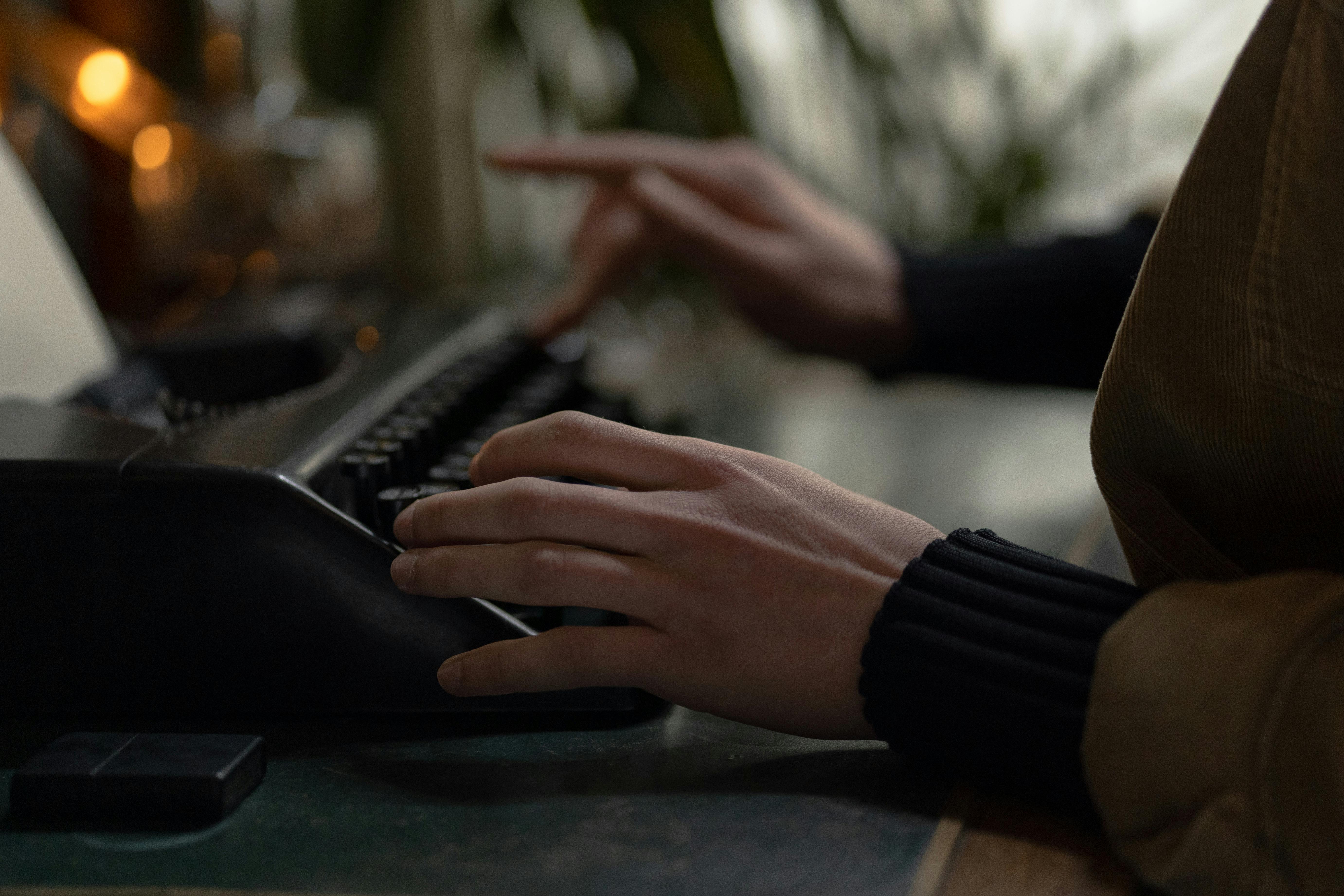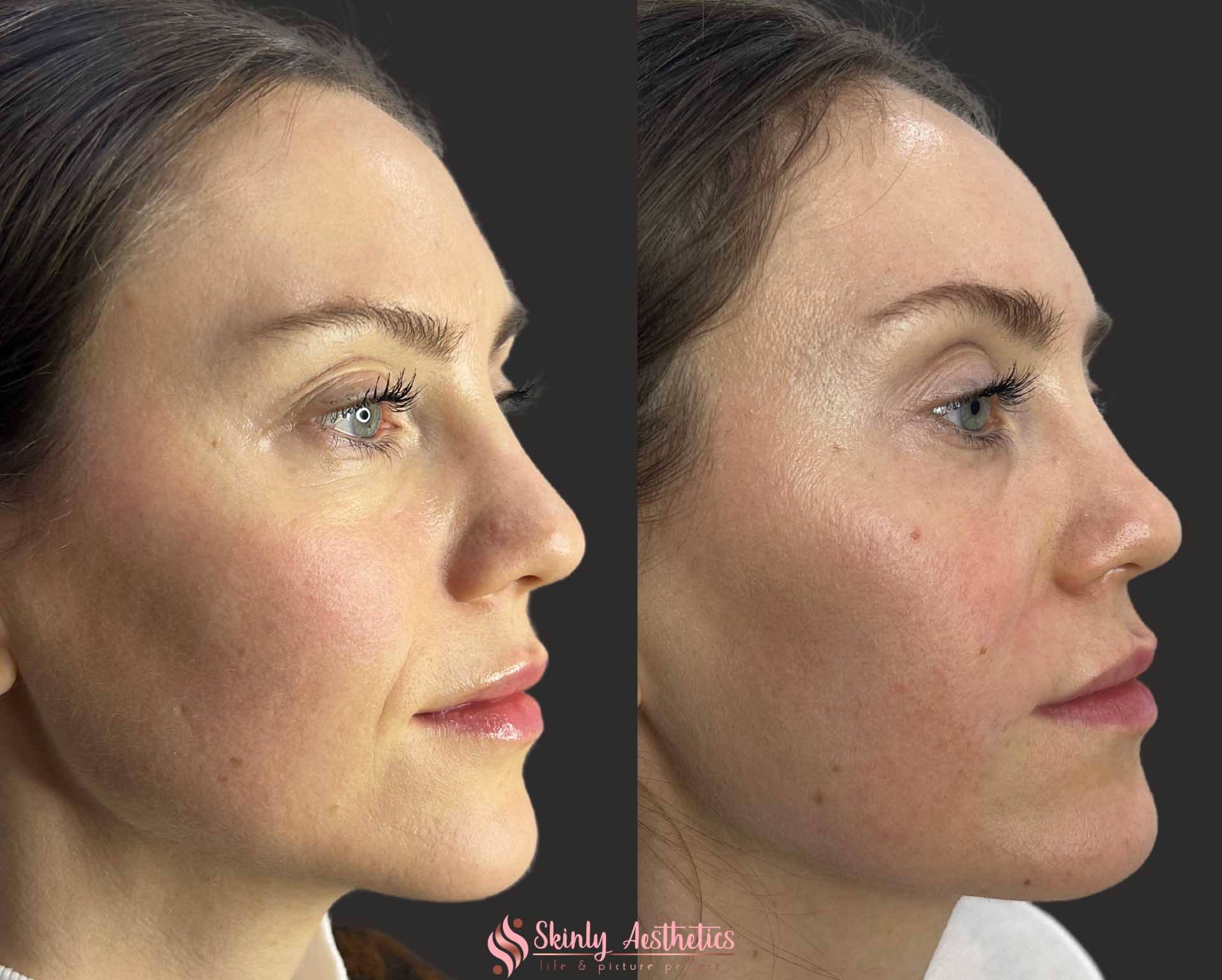Effective Ways to Get Rid of Mold on Walls in 2025
With rising awareness of indoor air quality and health issues related to mold, homeowners are becoming increasingly proactive about wall maintenance and mold removal. Mold can thrive in damp, humid environments and can pose serious health risks, especially for those with mold allergies or respiratory issues. Understanding how to properly address and prevent mold growth on walls is essential for maintaining a safe and healthy living environment. In this article, we explore various methods to remove mold from walls effectively, utilizing both DIY techniques and professional services. We also discuss the importance of moisture control and the best practices for preventing mold.Understanding Mold Growth Causes
To effectively eliminate wall mold, it is crucial to understand the factors that contribute to mold growth. Mold thrives in moist and humid conditions, which can be exacerbated by poor ventilation and inadequate moisture control. Homeowners should be aware of several common causes of mold growth, including leaks from plumbing fixtures, condensation on windows and walls, and high indoor humidity levels, particularly in bathrooms and basements. This naturally leads us to recognize the connection between mold growth and environmental conditions within the home. Addressing these underlying issues is essential for successful mold remediation and long-term prevention.Signs of Mold on Walls
Identifying the early signs of mold growth on walls can help homeowners take swift action to address the issue. Common indicators include: 1. Visible discoloration: Black, green, or white patches on walls often signal mold presence. 2. Musty odors: A persistent damp smell may suggest mold growth hidden behind walls or under paint. 3. Peeling paint or wallpaper: This can be a sign of trapped moisture due to mold damage. Removing mold effectively requires a comprehensive inspection, helping to confirm whether visible signs are accompanied by hidden mold. Mold inspection services can help detect infestations before they escalate, ensuring your home remains mold-free.Mold Cleanup Safety
Ensuring safety while cleaning mold is of utmost importance. Mold spores released during removal can pose health risks if inhaled. Homeowners are advised to wear protective gear, including masks and gloves, and to use proper ventilation throughout the process. When handling larger infestations, or particularly toxic mold types, it is best to call a professional for mold remediation. Understanding when to call a professional for mold is crucial for protecting both your health and your property.Best Practices for Mold Removal
Implementing best practices for mold removal ensures effective eradication of spores and contaminants. Key steps include: 1. Identifying and addressing moisture sources: With moisture being the primary trigger for mold growth, this is the first step in the removal process. 2. Using the right cleaning products: Depending on the severity of the mold infestation, selecting the appropriate cleaning solutions such as vinegar solution for mold or commercial mold cleaning sprays is essential. 3. Ensuring thorough physical removal: Scrubbing mold off walls completely and allowing the surface to dry is required to avoid future spores. By meticulously following these practices, homeowners can effectively manage and prevent wall mold.DIY Mold Cleaning Solutions
For those looking to tackle mold removal at home, DIY solutions can be effective and cost-efficient. There are various home remedies for wall mold that utilize everyday household items.Vinegar Solution for Mold
One of the most popular natural mold removers is white vinegar. The acetic acid in vinegar can kill approximately 82% of mold species and is safe for most surfaces. To use: 1. Fill a spray bottle with undiluted white vinegar. 2. Apply the vinegar directly to the moldy area without rinsing. 3. Allow it to sit for at least an hour, then scrub and rinse. This method is effective for smaller infestations and has the added benefit of being non-toxic.Bleach for Mold Removal
When dealing with tough or stubborn mold stains, bleach can be a powerful cleaner. However, it is essential to use bleach cautiously: 1. Mix a cleaning solution using one cup of bleach to one gallon of water. 2. Apply this solution with a sponge or cloth to the affected area, ensuring proper ventilation. 3. Scrub the area for optimal results. Bleach should not be used on porous materials like drywall, as it may promote further mold growth.Cleaning Products for Mold
In addition to homemade solutions, there are many mold removal products available on the market. Mold cleaning sprays specifically designed for eliminating mold can be effective and convenient. Look for products that specify their effectiveness against black mold on walls and ensure they are EPA-registered. Choosing the right product can help save time and ensure effective mold cleaning, especially in larger infestations.Preventing Mold on Walls
Once mold has been removed, maintaining a mold-free environment requires ongoing preventative measures.Moisture Control for Walls
Controlling moisture levels is vital to preventing mold recurrence. Homeowners should consider: 1. Utilizing dehumidifiers in damp areas. 2. Ensuring proper insulation to prevent condensation. 3. Regularly checking plumbing for leaks. Maintaining optimal humidity levels prevents mold spores from settling and growing in the first place.Best Mold Prevention Tips
Taking proactive steps in wall maintenance can significantly reduce the chances of mold. Essential tips include: - Maintaining good air circulation: Proper airflow can diminish moisture buildup. - Employing mold-resistant materials: Use mold-resistant paint for walls and drywall to help protect against future growth. - Conducting routine inspections: Regularly checking for signs of mold can facilitate early intervention. Adopting these strategies creates an environment less conducive to mold growth, improving overall indoor air quality.Wall Dehumidification Techniques
For homes prone to humidity issues, specific wall dehumidification techniques can be beneficial. This includes using moisture-absorbing products and installing ventilation systems. Proper wall maintenance and vigilant checks for moisture can help homeowners manage humidity levels effectively over time.When to Call a Professional for Mold
For extensive mold infestations or health concerns, calling a professional mold remediation service is recommended.Mold Inspection Advice
Professional mold inspectors can conduct thorough assessments, identifying both visible and hidden mold issues. Their expertise helps in determining the scope of mold damage and the best remediation plan forward. Additionally, they can provide access to specialized equipment that may not be available to the average homeowner.Benefits of Professional Mold Services
Engaging professional services not only ensures effective mold removal but can also help mitigate health risks associated with exposure. Professionals can recommend long-term solutions and create tailored plans for managing moisture levels within your home. Ultimately, investing in professional mold services can save homeowners time and prevent future repair costs, protecting the value of your property.Understanding Mold Lifecycle
Grasping the fundamentals of the mold lifecycle can aid homeowners in recognizing when mold appears and how to handle it effectively. Mold spores can settle on surfaces and grow, given proper moisture and food sources. Understanding humidity factors and monitoring environmental conditions can help prevent mold issues before they escalate.Conclusion
Mold can pose serious health risks and damage to homes when left untreated. By employing effective removal techniques, utilizing DIY solutions when appropriate, and implementing proper preventive measures, homeowners can maintain clean and safe walls. Regular inspections, moisture control strategies, and understanding when to call professionals are essential in ensuring a mold-free environment. To further enhance your home's resilience against mold, consider investing in mold-resistant materials and maintaining an optimal indoor climate. Your long-term health and the integrity of your home are worth the effort.

